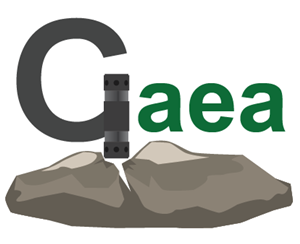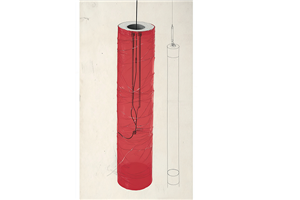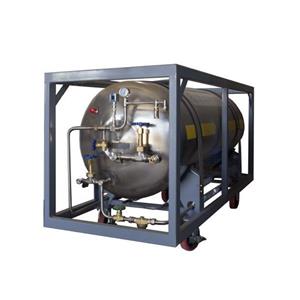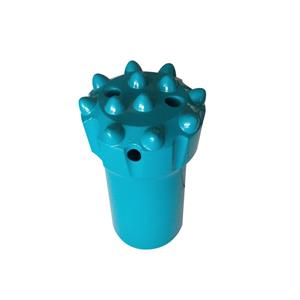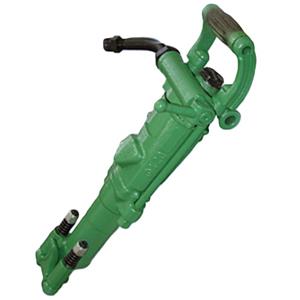Maintenance intervals for shank‑adapter guide sleeves on rock drilling rigs: a more practical setup
The maintenance cycle for a shank‑adapter guide sleeve isn’t one‑size‑fits‑all. It should be adjusted based on three main factors: operating intensity, working conditions, and guide‑sleeve material. Below are practical, economically minded recommendations by scenario.
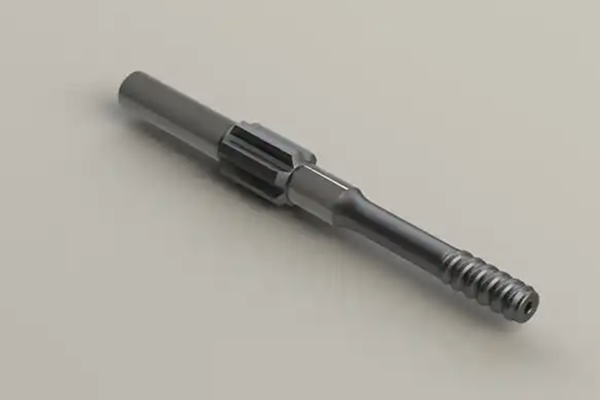
Basic maintenance cycle (general reference) Applicable to medium‑intensity work (e.g., ordinary mine drivage, municipal foundation drilling) and relatively clean conditions (low dust, moderate rock hardness):
Daily checks: before and after each shift (every 1–2 days). Clean rock dust and oil from the sleeve surface, look for visible deformation or cracks, and check the fit clearance between shank adapter and guide sleeve (normal clearance ≤ 0.5 mm; if there is noticeable play, address it promptly).
Lubrication: every 30–50 operating hours apply a high‑temperature grease (for example, lithium‑based grease) to reduce friction and wear.
Deep inspection: every 100–150 operating hours disassemble the sleeve and inspect internal wear (e.g., scratches or step‑type wear on the inner wall). If wear depth exceeds 1 mm, replace the sleeve ahead of schedule.
Adjustments for special conditions High‑intensity / harsh conditions (e.g., hard‑rock mining, tunnel blasting, heavy dust, high impact frequency):
Increase check frequency to during‑shift inspections (for example, stop every 4–6 hours for a quick check).
Shorten lubrication interval to every 20–30 hours.
Compress deep inspection and replacement cycle to 80–120 hours. If obvious inner‑wall wear or looseness is found, replace immediately to avoid shank fracture or damage to the rig’s power components.
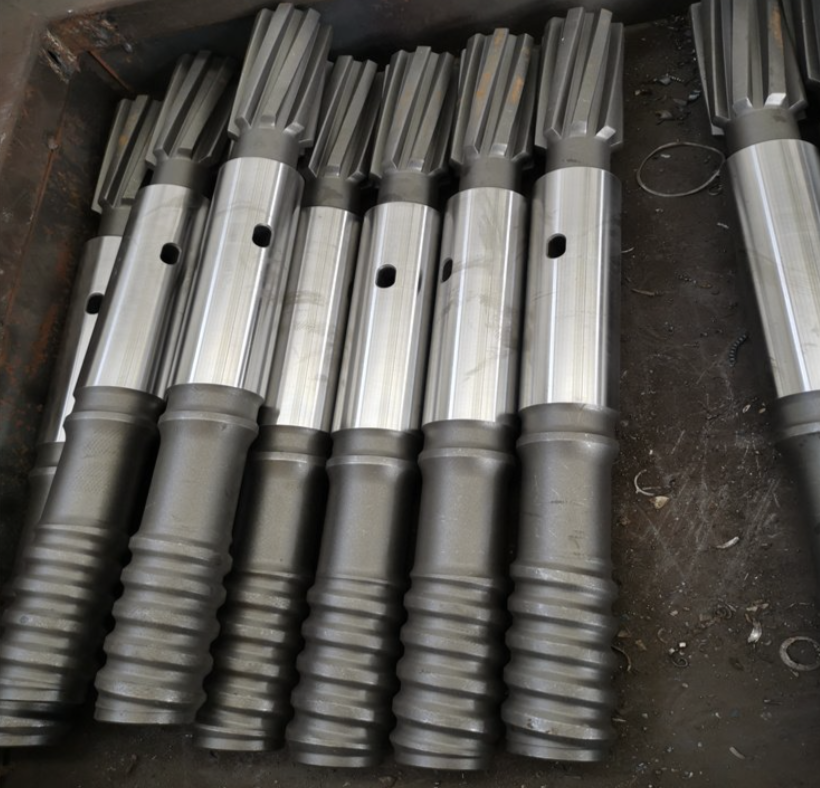
Low‑intensity / clean conditions (e.g., small quarries, foundation piling in softer strata, controllable dust):
Daily checks may be done once at the end of each workday.
Lubrication interval can be extended to 50–70 hours.
Deep inspection interval can be extended to 150–200 hours. If the sleeve shows no significant wear, you may extend use, but do not exceed 250 hours — even if the exterior looks normal, prolonged high‑frequency impacts can cause internal fatigue deformation.
Key reminder: watch condition, not just time These intervals are guidelines. If any of the following abnormal signs appear, inspect the guide sleeve immediately regardless of schedule:
Sudden increase in drilling deviation (single‑hole deviation > 3°).
Accelerated shank wear (clear scratches after 1–2 shifts).
Increased operating noise, abnormal sounds, jamming, or noticeably weakened impact.
Setting maintenance intervals appropriately avoids both costly over‑maintenance and insufficient upkeep that leads to failures. Proper schedules and prompt inspections help improve overall drilling‑rig efficiency and reduce long‑term operating costs.
